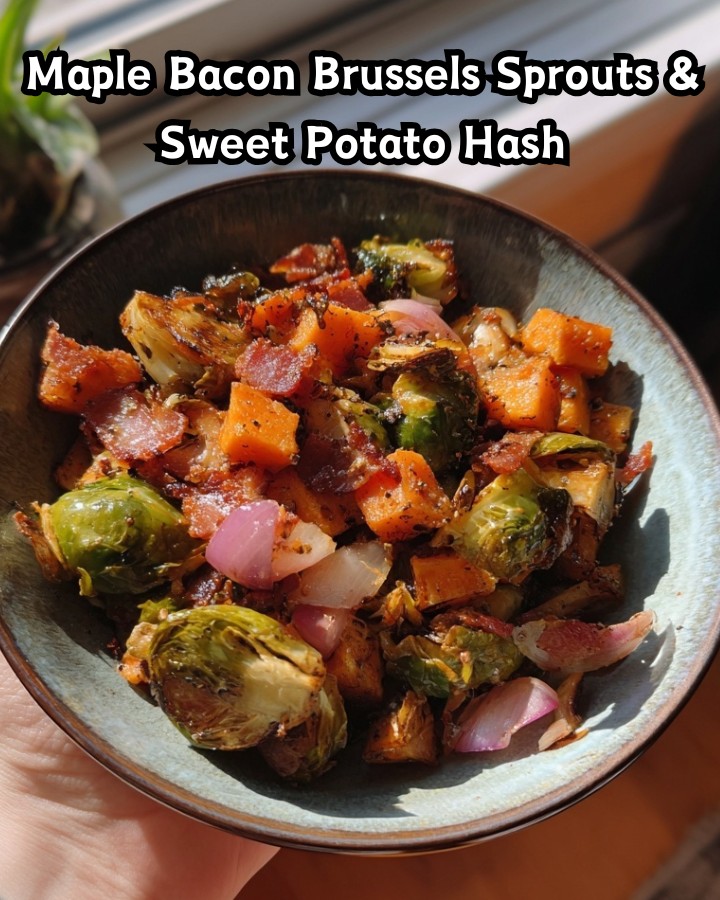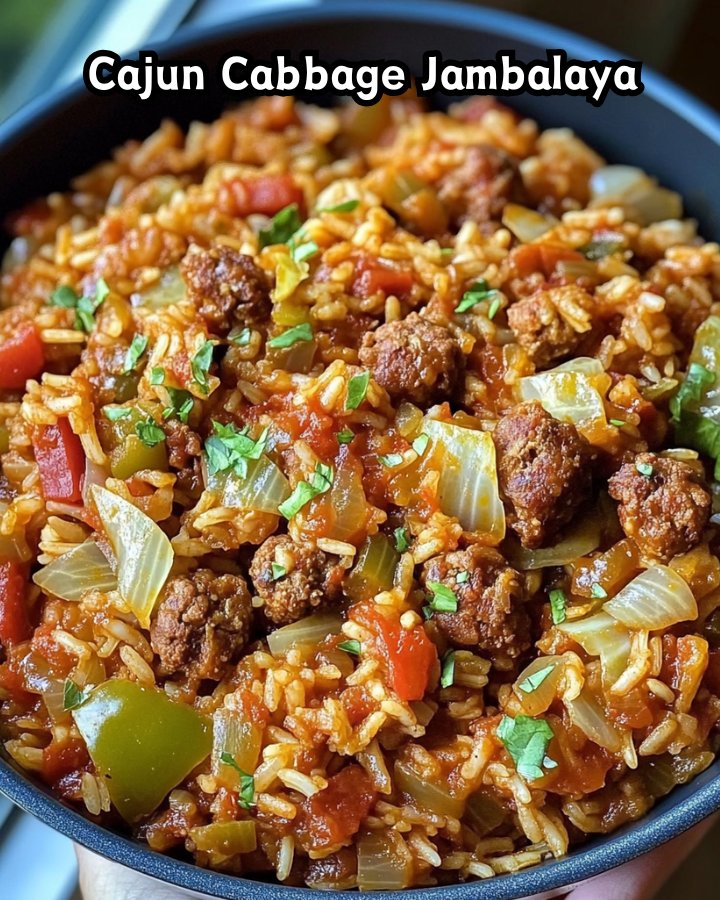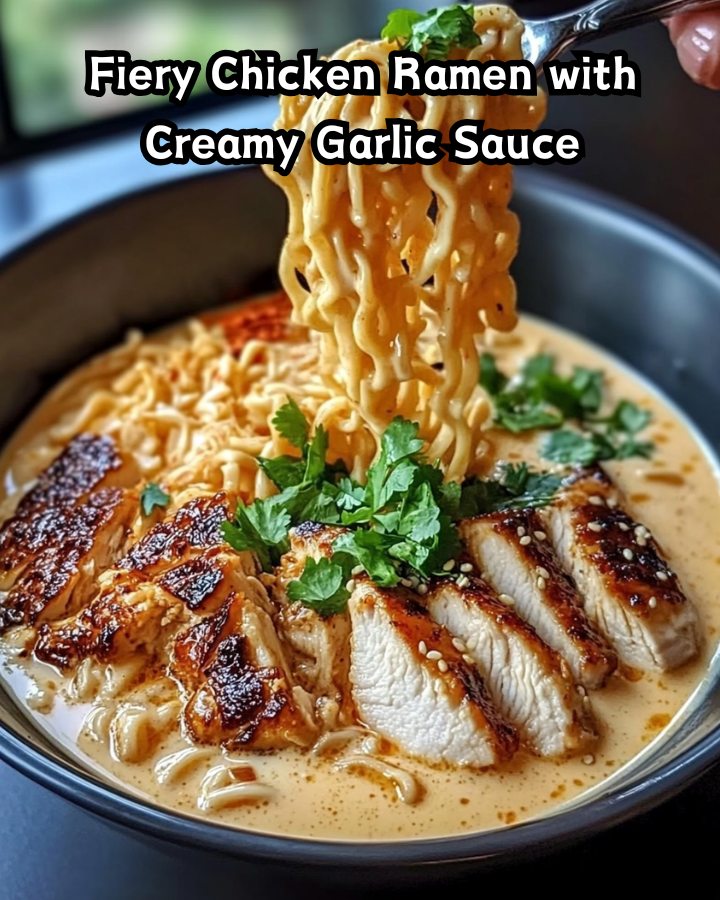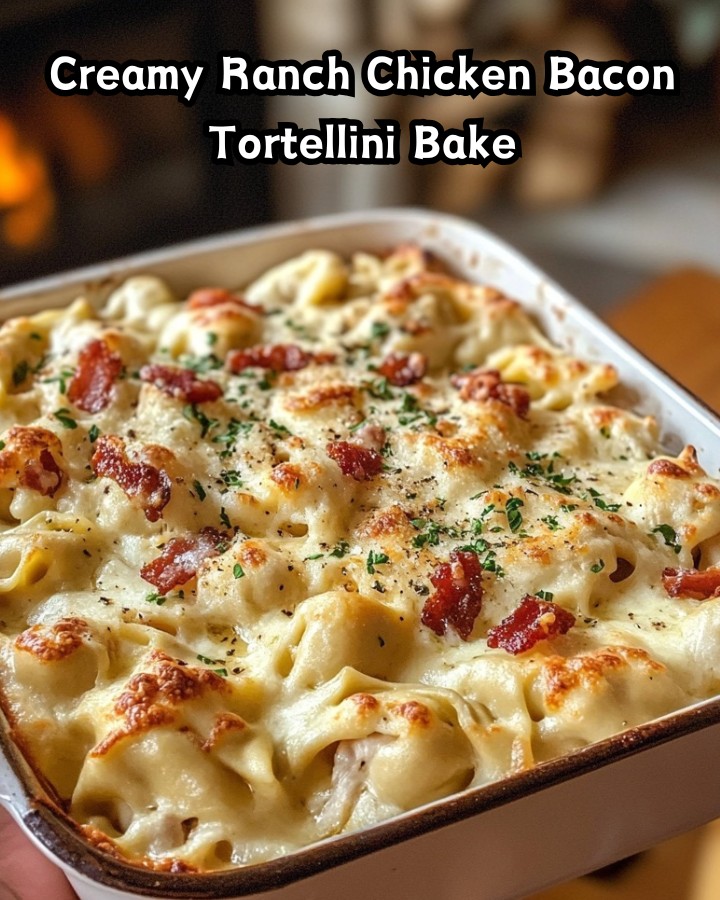Homemade Spaghetti Sauce – Ready in 30 Minutes
Introduction
There’s something undeniably comforting about a bowl of pasta smothered in rich, flavorful HOMEMADE SPAGHETTI SAUCE. Whether you grew up with Sunday dinners simmering on the stove or you’re just craving a taste of nostalgia, this recipe delivers. Unlike store-bought versions, this HOMEMADE SPAGHETTI SAUCE bursts with fresh tomatoes, aromatic garlic, and fragrant herbs, transforming a simple dish into a memorable meal. Let’s dive into why this sauce is a game-changer for your kitchen.
HOMEMADE SPAGHETTI SAUCE is a classic Italian-inspired staple made from scratch using ripe tomatoes, garlic, onions, and a blend of herbs like basil and oregano. What sets it apart is its versatility—you can tweak the ingredients to suit your taste, whether you prefer it chunky, smooth, spicy, or sweet. Because it’s free from preservatives and artificial flavors, it’s not only healthier but also packs a deeper, more authentic taste. If you love experimenting with fresh ingredients, you’ll appreciate how this sauce pairs perfectly with our HOMEMADE PASTA or elevates a simple GARLIC BREAD side.
This recipe aligns perfectly with our blog’s mission to bring wholesome, from-scratch cooking to your table. While store-bought sauces save time, nothing compares to the satisfaction of crafting your own. Even though it simmers slowly, the hands-on prep is minimal, making it ideal for busy weeknights or leisurely weekend cooking. Plus, because you control the ingredients, it’s easy to adapt for dietary preferences, whether you’re vegan, gluten-free, or just watching your sugar intake.
Why I Love This Recipe
HOMEMADE SPAGHETTI SAUCE holds a special place in my heart because it reminds me of family gatherings around the dinner table. My grandmother taught me her secret—slow-cooking the sauce to let the flavors meld—and now, every time I make it, the aroma fills my kitchen with warmth. While it’s simple, the result feels luxurious, turning an ordinary meal into something extraordinary. Whether I’m meal-prepping or hosting friends, this sauce never fails to impress, and I know it’ll become a staple in your home too.
Health and Nutrition
Why it’s good for your body
Homemade spaghetti sauce packs a powerful nutritional punch because it’s made with fresh, wholesome ingredients. Tomatoes, the star of the sauce, are rich in lycopene, a potent antioxidant that supports heart health and may reduce inflammation. While store-bought sauces often contain added sugars and preservatives, homemade versions let you control the quality of every component.
Garlic, another key ingredient, boosts immunity and has antimicrobial properties, so it helps your body fight off infections. Herbs like basil and oregano not only enhance flavor but also provide vitamins and phytonutrients. Even though cooking tomatoes reduces some vitamin C content, it actually increases the bioavailability of lycopene, making homemade spaghetti sauce even more beneficial.
Because you prepare it yourself, homemade spaghetti sauce avoids unnecessary additives like excess sodium or artificial flavors. Olive oil, often used as a base, adds healthy monounsaturated fats that promote better cholesterol levels. Although it takes a little extra time to make, the health rewards are worth it.
How it fits in a healthy lifestyle
Homemade spaghetti sauce fits perfectly into a balanced diet because it’s versatile and nutrient-dense. Pair it with whole-grain pasta for fiber, or try zucchini noodles for a low-carb option. Since you control the ingredients, it’s easy to adapt for specific dietary needs, such as gluten-free or dairy-free lifestyles.
For those focusing on high-protein meals, this sauce complements lean meats like turkey or plant-based proteins like lentils. It’s also a great way to sneak extra veggies into your diet, especially if you blend in carrots or spinach. Check out our guide to meal prep ideas for ways to incorporate homemade sauces into weekly planning.
Because it freezes well, homemade spaghetti sauce makes healthy eating convenient even on busy nights. Keep portions ready to go for quick dinners that beat takeout. For more inspiration on balancing flavors and nutrition, explore our tips for healthy cooking techniques to elevate every meal.
PrintHomemade Spaghetti Sauce
A rich and flavorful homemade spaghetti sauce made with fresh tomatoes, garlic, and herbs.
Ingredients
For the Crust:
- 2 tbsp olive oil
- 1 onion, finely chopped
- 4 garlic cloves, minced
- 28 oz canned crushed tomatoes
- 6 oz tomato paste
- 1 tsp dried basil
- 1 tsp dried oregano
- 1/2 tsp red pepper flakes
- 1 tsp sugar
- Salt and pepper to taste
- 1/4 cup fresh basil, chopped
Instructions
1. Prepare the Crust:
- Heat olive oil in a large saucepan over medium heat. Add onion and cook until softened, about 5 minutes.
- Add garlic and cook for 1 minute until fragrant.
- Stir in crushed tomatoes, tomato paste, dried basil, oregano, red pepper flakes, sugar, salt, and pepper. Bring to a simmer.
- Reduce heat to low and let the sauce simmer for 20-25 minutes, stirring occasionally.
- Stir in fresh basil before serving.
Notes
You can customize the seasonings to taste.

How to Prepare This Dish
Steps and time-saving tips
First, gather all your ingredients for HOMEMADE SPAGHETTI SAUCE before you start. Heat a large pot over medium heat and drizzle in olive oil. Next, sauté finely chopped onions and minced garlic until they turn fragrant and golden. Meanwhile, if you’re using fresh tomatoes, blanch and peel them quickly to save time. Otherwise, high-quality canned tomatoes work just as well. Once the onions soften, add the tomatoes and crush them with a wooden spoon. Stir in tomato paste for extra richness, then sprinkle dried herbs like oregano and basil. Let the sauce simmer uncovered for at least 30 minutes, stirring occasionally to prevent sticking. If you prefer a smoother texture, blend the sauce briefly with an immersion blender. Finally, season with salt, pepper, and a pinch of sugar to balance the acidity. For a deeper flavor, try adding a splash of red wine or a Parmesan rind while simmering. If you’re short on time, prep the sauce in advance and store it in the fridge—it tastes even better the next day!
Mistakes I’ve made and learned from
When I first made HOMEMADE SPAGHETTI SAUCE, I rushed the sautéing step and ended up with bitter, undercooked onions. Now, I take my time to caramelize them properly for a sweeter base. Another mistake? Overloading the sauce with herbs. A little goes a long way, so I stick to a balanced mix of oregano, basil, and a bay leaf. I also learned the hard way that skipping the sugar can leave the sauce too acidic—especially with canned tomatoes. A tiny pinch fixes it perfectly. For more tips on balancing flavors, check out my guide on perfecting pasta sauces. And if you’re new to cooking with fresh herbs, my herb storage tips will help you keep them fresh longer. Trust me, these small tweaks make all the difference!

Cultural Connection and Variations
Where this recipe comes from
HOMEMADE SPAGHETTI SAUCE carries a rich history, deeply rooted in Italian culinary traditions. While many associate it with Italy, its evolution spans continents and generations. In southern Italy, families often simmer tomatoes, garlic, and fresh basil for hours, creating a sauce that’s both simple and deeply flavorful. Nonnas pass down their secret touches—whether it’s a pinch of sugar to balance acidity or a splash of red wine for depth.
Across the Atlantic, Italian immigrants adapted the recipe to local ingredients, leading to variations like the meat-heavy Sunday gravy in New York or the herb-infused versions in Argentina. Even within families, HOMEMADE SPAGHETTI SAUCE becomes a signature dish—some swear by San Marzano tomatoes, while others roast their garlic for a mellower taste. Whether served over pasta or as a base for lasagna, this sauce ties generations together through shared meals and stories.
How it fits in today’s cooking
Today, HOMEMADE SPAGHETTI SAUCE remains a staple, bridging nostalgia and modern convenience. Many cooks batch-prep it for freezer-friendly meals, ensuring weeknight dinners stay flavorful without the fuss. During holidays, it stars in festive dishes like baked ziti or eggplant Parmesan, proving its versatility. Seasonal twists, like adding summer’s ripe heirloom tomatoes or winter’s roasted root vegetables, keep it fresh year-round.
Modern adaptations also thrive, from vegan versions using lentils to keto-friendly sauces with extra olive oil. For those exploring global flavors, our guide to global cuisine offers inspiration. Meanwhile, busy home chefs lean on shortcuts like slow cookers or instant pots, as seen in our time-saving kitchen hacks. No matter how it’s made, this sauce continues to bring people together—one simmering pot at a time.
Taste and Texture
What makes it delicious
Homemade spaghetti sauce is a symphony of rich, layered flavors that dance on your palate. The sauce starts with a deep, savory base of slow-simmered tomatoes, which develop a natural sweetness while retaining a slight tang. Fresh garlic adds a warm, aromatic punch, while herbs like basil and oregano infuse every bite with earthy, fragrant notes. When you take a spoonful, the sauce feels velvety and luxurious, coating pasta effortlessly.
What sets homemade spaghetti sauce apart is its balance. The acidity of the tomatoes mellows as it cooks, while a splash of red wine or a pinch of sugar rounds out the flavor. Onions and carrots caramelize into the sauce, adding subtle sweetness and body. A finishing drizzle of olive oil gives it a glossy sheen and a buttery richness. Every forkful is hearty yet bright, with just enough texture from tender tomato chunks to keep it interesting.
Boosting the flavor
To elevate your homemade spaghetti sauce, try stirring in a spoonful of tomato paste for extra depth or a splash of balsamic vinegar for brightness. For a spicy kick, red pepper flakes or a dash of smoked paprika work wonders. If you love umami, fold in a few chopped anchovies or mushrooms while sautéing the garlic.
Pair your sauce with toppings like freshly grated Parmesan or creamy burrata for contrast. A sprinkle of toasted pine nuts adds crunch, while fresh basil leaves bring a pop of color and aroma. For more inspiration, check out our guide to perfect herb pairings or explore how to balance flavors with our umami boosters. With these tweaks, your sauce will taste restaurant-worthy every time.

Tips for Success
Best practices for results
To make the best homemade spaghetti sauce, start by sautéing fresh garlic in olive oil until fragrant but not browned. This builds a flavorful base, so the sauce develops depth. Use high-quality canned tomatoes, preferably San Marzano, because they offer a naturally sweet and balanced taste. Simmer the sauce uncovered for at least 30 minutes, stirring occasionally, so it thickens properly. For extra richness, stir in a tablespoon of butter just before serving. If you love fresh herbs, add basil or oregano toward the end of cooking to preserve their bright flavor. For more ways to enhance your dishes, check out our guide on essential kitchen tools.
Mistakes to avoid
Avoid rushing the cooking process, as homemade spaghetti sauce needs time to develop its flavors. Skipping the sauté step for garlic and onions often results in a bland sauce, so always cook them until softened. Overcrowding the pan with too many ingredients can dilute the taste, although adding a splash of pasta water later can help adjust consistency if needed. Another common mistake is using dried herbs too early in cooking, which makes them bitter. Instead, add them midway through simmering. For more tips on balancing flavors, explore our article on seasoning secrets.
Serving and Pairing Suggestions
How to serve this dish
When serving your homemade spaghetti sauce, elevate the experience with a few simple touches. For a rustic feel, ladle it over al dente pasta in a wide, shallow bowl and top with a sprinkle of fresh basil or grated Parmesan. If you’re hosting a casual dinner, consider family-style plating with a side of garlic bread for dipping. This sauce also shines at celebrations—try layering it in a baked pasta dish for a crowd-pleasing centerpiece. No matter the occasion, the rich aroma and vibrant color of homemade spaghetti sauce will make every meal feel special.
What goes well with it
A crisp Caesar salad pairs perfectly with homemade spaghetti sauce, balancing its hearty flavors with fresh, crunchy greens. For a heartier meal, add our garlic butter dinner rolls to soak up every last bit of sauce. If you’re serving drinks, a light red wine like Chianti enhances the tomatoes’ sweetness, while a sparkling lemonade keeps things refreshing for non-alcoholic options. Don’t forget to try our creamy balsamic dressing on the side—its tangy notes add a delightful contrast to the sauce’s richness.
The key to a rich HOMEMADE SPAGHETTI SAUCE 🍅🧄🌿 is slow simmering—let it cook for at least 1-2 hours to deepen flavors. Adding a splash of red wine or a pinch of sugar can also balance acidity and enhance sweetness naturally.
Yes! HOMEMADE SPAGHETTI SAUCE 🍅🧄🌿 freezes beautifully for up to 3 months. Cool it completely, then store in airtight containers or freezer bags, leaving some space for expansion.
Simmer uncovered to reduce liquid, or stir in tomato paste for a quick fix. For a silky texture, blend a portion of the sauce and mix it back in—this works wonders with chunky sauces.
Dried basil (use 1/3 the amount) or fresh oregano are great backups. If you’re out of herbs, a dash of Italian seasoning will still give your homemade spaghetti sauce that aromatic punch.







